Installing an Irrigation System in a Straw Bale Garden

by
Dan330
(IC: blogger)
One HUGE reason I wanted to try a straw bale garden was to keep garden maintenance to an absolute minimum. My straw bale garden sits next to my lawn and a large perennial garden (which is already awesome). Even with an automatic sprinkler system, I still wanted to set up a specific drip line for the straw bale garden.
There are two reasons for a a new drip system. First, a drip line gets water right to the roots. Some disease, mold, and other problems can be avoided by keeping plant’s leaf’s dry. Plus, a sprinkler system sprays hard and I don’t want it to blow disease 40 feet across my yard. Second, I can water the straw bales as needed separate from the perennial garden and my lawn so each garden can get exactly what it needs.
Setting up the irrigation line on the straw bales was fairly straight forward. I had already laid out the bales and only had to run the line on top of them. To do this, I needed a few irrigation parts including some T’s, angles, end caps and a hose adapter. They are very straight forward to use, just shove a cut end of the irrigation pipe into whatever part you need. Below is a 90 degree angle. You can see the pipe shoved in on the left side and the open end facing the camera. The hose is easily cut with a standard garden snips.
To keep the hose in place, you can buy big staples from the store … or, you can be smart and just cut some of of you bailing wire and bend them into a “U.” I took about 12-16 inches of wire for each staple. 100 feet of wire was only about $11 so this is a very cheap solution that works just as well as any staple.
Here’s what the garden looks like at the end of the irrigation set up. The conditioning period of the hay bales is a perfect time to set up the irrigation system. During that time, if you need to soak the bales, you don’t have to stand with a hose and do it manually. Now, you can just let the system run. The water meter I purchased also has a manual option. With a push of a button, you can choose how much time for the meter to run manually to soak the bales and walk away.
Go to our site for full details and video.
Enjoyed the project?

Want more details about this and other DIY projects? Check out my blog post!
Published February 11th, 2016 12:16 PM
Comments
Join the conversation
1 comment
-
Two years ago I did hay bale farming. I have never had such huge tomato plants with so many tomatoes. I was constantly giving them away!! I'm definitely going to follow your irrigation plan. Thanks for posting it!
 Betsy Payne Blackstock
on Feb 11, 2016
Betsy Payne Blackstock
on Feb 11, 2016
-



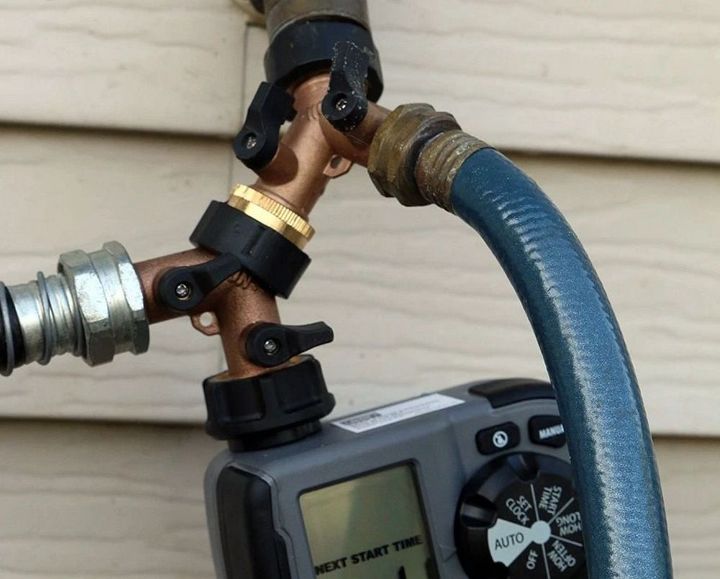










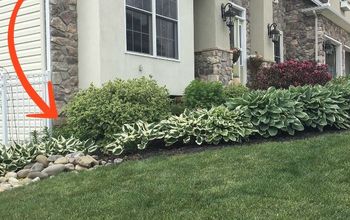
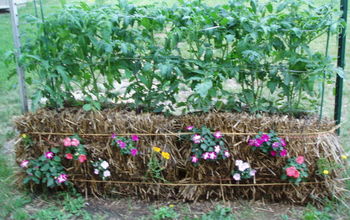




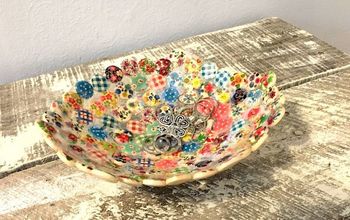
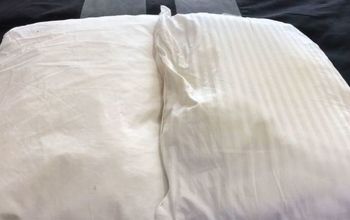



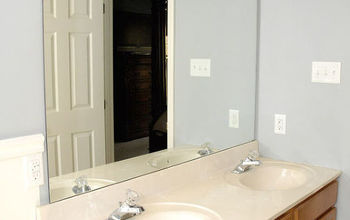


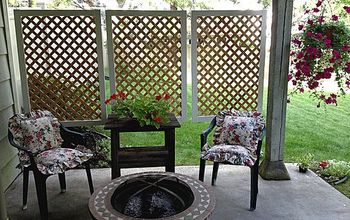
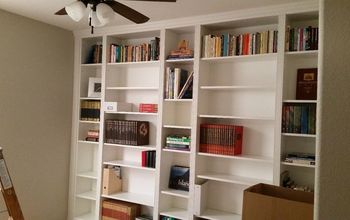

Frequently asked questions
Have a question about this project?
Hmmm. This seems easy. We have a huge prob in our neighborhood. Gophers and ground squirrels. I can take care of the rabbits and birds but the burrowing critters will drive me to go "Caddyshack" on them.
Do you think very small chicken wire first then the bales of hay would work? I was going to try this with any garden we do. The critters eat the roots so this may be the way to go since it sits higher up. Bales of hay are readily available by me. But it gets over 100degrees from August thru October where I live too. Thoughts? Thank you!!!!